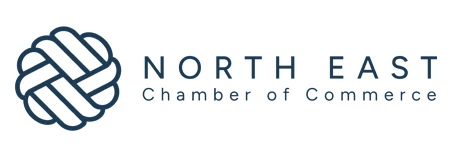Partner Article
A brief history of invoice factoring
Whilst non-traditional methods of gaining access to commercial finance such as invoice factoring may be new concepts to some businesses, the practice can actually be traced back over 4000 years to the ancient king of Mesopotamia, Hammurabi.
It is perhaps the most popular form of alternative financing since it allows companies to gain instant access to working capital immediately upon raising invoices, to the value of around 90%.
Through the ages invoice factoring has played a role in a multitude of different industries and whereas in years gone by it is likely an agreement between consenting businessmen would have sufficed, nowadays lenders will oversee the process.
Since the credit crunch, banks have been limiting the number of loans they provide to SMEs and invoice factoring in particular has risen to prominence as an efficient short-term cash flow solution, alongside other commercial finance methodology such as asset based lending. It isn’t technically ‘credit’, meaning companies can bypass the lengthy approval processes associated with the traditional lenders.
From its humble beginnings 4 millennia ago, the invoice factoring that we know today came into play around the 1400s, when Jewish businessmen started to lend money to exporters against invoices raised for grain shipped abroad. The practice became commonplace and by the 1600s merchant bankers based in London were loaning funds to colonists in America before they set sail from England. Invoice factoring became the very foundation of trade between the United States and Great Britain, and a key mechanic in the cotton and tobacco markets – some of which survive to this day!
Fast forward several hundred years and invoice factoring was starting to become much more of a business rather than personal transaction. The garment and textile industries in particular made use of the practice to ensure that they could keep buying the raw materials needed to make clothing. By the time World War 2 had dawned, companies were beginning to realise the potential for Invoice Factoring within practically any business. In particular, the 1940s saw the transportation industry become involved. During the economic troubles witnessed in the 70s and 80s, invoice factoring had become a fairly mainstream cash-flow solution.
With the industry improving its reputation by way of regulation and offering enhanced standards of lending, minus the admin fees which some operators may have charged in the past, all signs would point to continued growth for commercial finance ventures of this kind in these tough economic times.
This was posted in Bdaily's Members' News section by Alternative Finance .
Enjoy the read? Get Bdaily delivered.
Sign up to receive our popular morning National email for free.








 The real cost of tendering for construction SMEs
The real cost of tendering for construction SMEs
 A welcome step forward – but let’s keep pushing
A welcome step forward – but let’s keep pushing
 Industrial strategy 'can drive business forward'
Industrial strategy 'can drive business forward'
 Industrial strategy 'can be game-changer we need'
Industrial strategy 'can be game-changer we need'
 Driving skills forward with near £100,000 boost
Driving skills forward with near £100,000 boost
 What pension rule changes could mean for you
What pension rule changes could mean for you
 North East can't be an afterthought in AI future
North East can't be an afterthought in AI future
 Understanding the impact of the Procurement Act
Understanding the impact of the Procurement Act
 Is the UK losing ground in life sciences investment?
Is the UK losing ground in life sciences investment?
 Construction workforce growth can't be a quick fix
Construction workforce growth can't be a quick fix
 Why it is time to give care work a makeover
Why it is time to give care work a makeover
 B Corp is a commitment, not a one-time win
B Corp is a commitment, not a one-time win